This week we welcome Aric Mayer to NCN. Aric’s work has been sponsored by both Hasselbad and Fuji, and has appeared prominently in places like the Wall Street Journal (on Hurricane Katrina). His work regularly shows up at prominent art galleries and he helped to found the Pratt Artists’ League, an artists collective that specializes in promoting new curatorial models for emerging artists. According to detritus, he is a “dowser. Like a man with a willow branch searching out sweetwater he finds and captures the shot at just the moment it runs clear and pure. Potable; pellucid; powerful.”
The work shown here is from far western China. You probably have seen photographs recently touting the dazzling new structures going up in preparation for the Olympics. Aric’s work reminds us that, away from the spectacle, ethnic repression is still a fact of life for some in China today.
An elderly man counts his money from the morning market in Kashgar. Kashgar is the largest trading town on the Silk Road in China. The Uygur have been doing business here for centuries.
A woman wears a traditional Uygur veil in the old section of Kashgar. The Uygur practise a unique brand of Islam, partly their own and partly under the control of the Chinese government.
A 59 feet tall statue of Chairman Mao dominates the square in the center of Kashgar. As throughout China, much of the town has been torn down to make way for broad boulevards and big squares. The poorest sections of town are left alone. What is left of the original culture is often turned into theme park like tourist attractions.
Light from a door illuminates text on a wall. The Uygur language is written in an Arabesque script. The Uygur guard their cultural heritage from assimilation into Chinese culture. Too often this forces them to chose between adopting the Chinese language and mannerisms for the economic opportunities that come with them, or staying with their Uygur heritage.
Uygur men at the livestock market in Kashgar. The Uygur are an ethnic minority in China. They trace their heritage back for 5,000 years in this part of the world. They speak an Arabic language, have their own Arabesque alphabet and have distinctly different features from the Chinese.
A Uygur boy helps to move the day’s goods to and from the market.
A Uygur girl heads to the market in a silk dress in Kashgar.
A Han businessman travels west by train from Beijing. He is heading to Urumqi in Xingiang, on the Northern side of the Taklamakan desert. With a population of 1.5 million, Urumqi is a fast growing business center for western China. Lucrative contracts are given to Han business owners, encouraging investment and immigration from the east. Many Uygur are left behind in this economic boom.
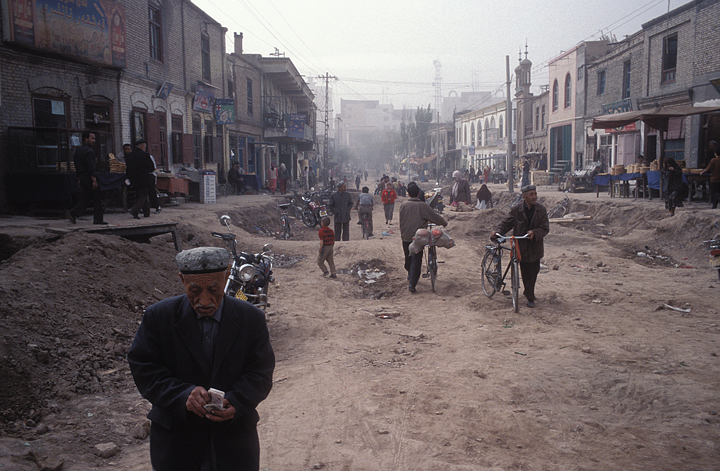
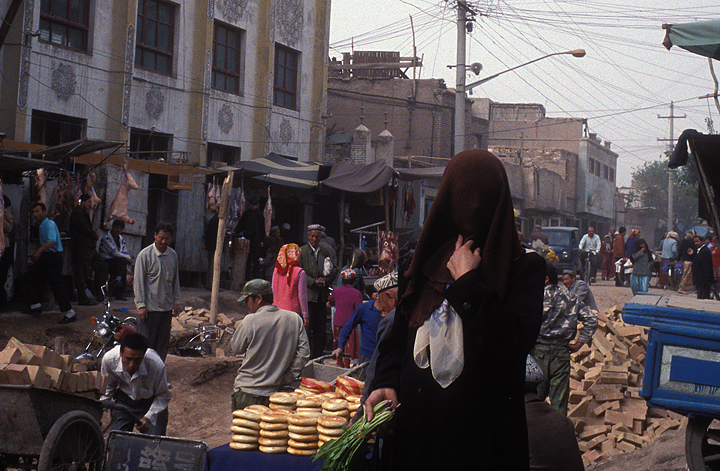
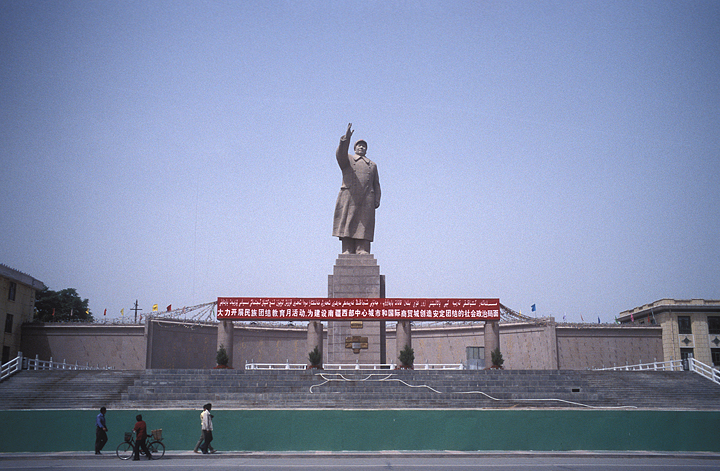
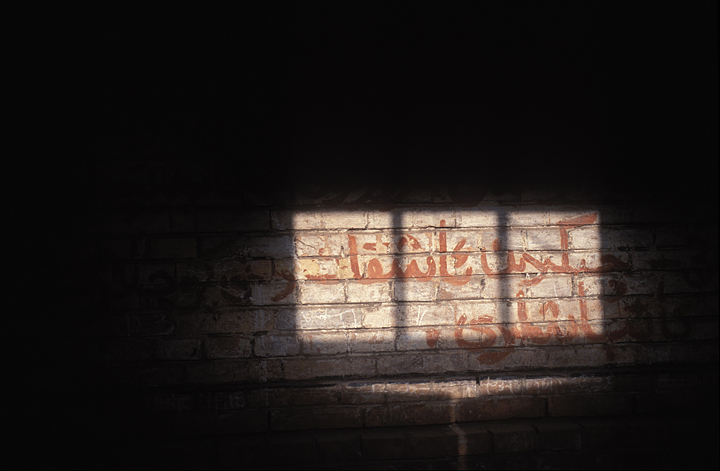
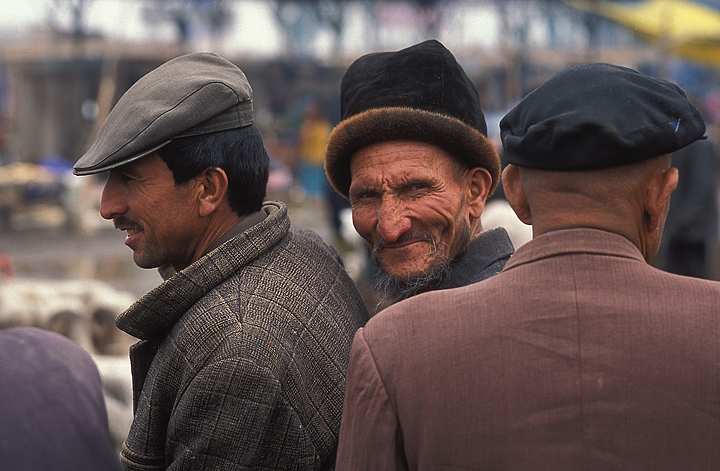
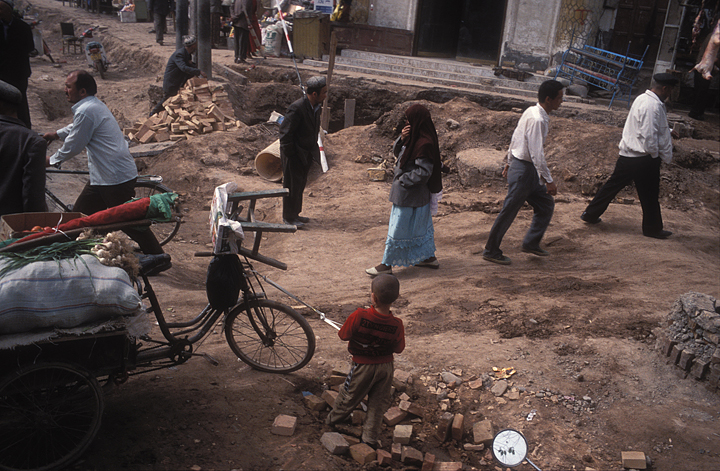
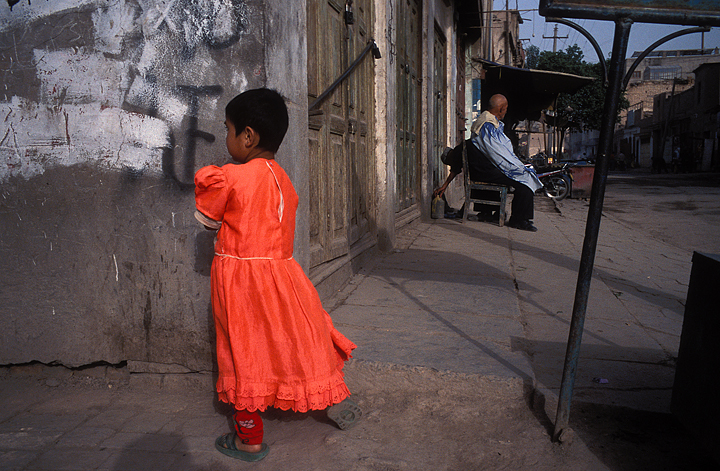
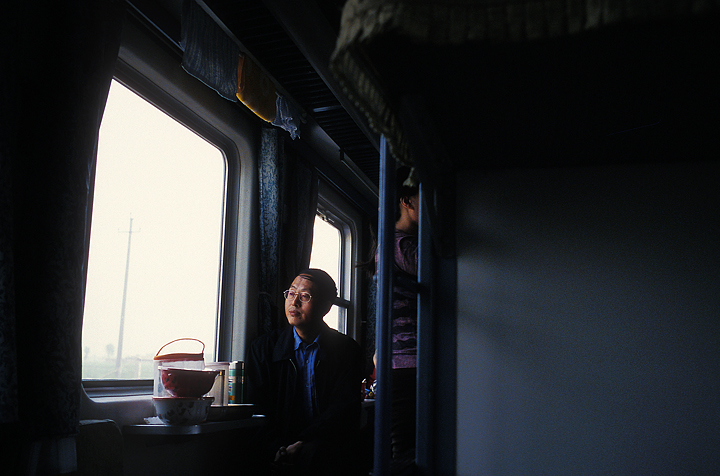
Hello webmaster…Thanks for the nice read, keep up the interesting posts..what a nice Tuesday
thanks for this post!
[…] Mayer is an exceptionally thoughtful photographer whose work has been featured before at this blog. He has a new series of images that, like so much of his work, encourage contemplation […]
[…] Aric’s work has previously been featured in our Photographer’s Showcase here and […]
“They speak an Arabic language”????????
I think you mean a “Turkish language”.
I’m not trying to defend ethnic, or any kind of oppression. However, China is a vast and ethnically diverse country, and it is just too simplistic to pick a few images that obviously reference the iconic images of ethnic oppression in the Western liberal eye, accompany them with ideologically charged narrative, and say “hey, this is the face of ethnic oppression in China.”